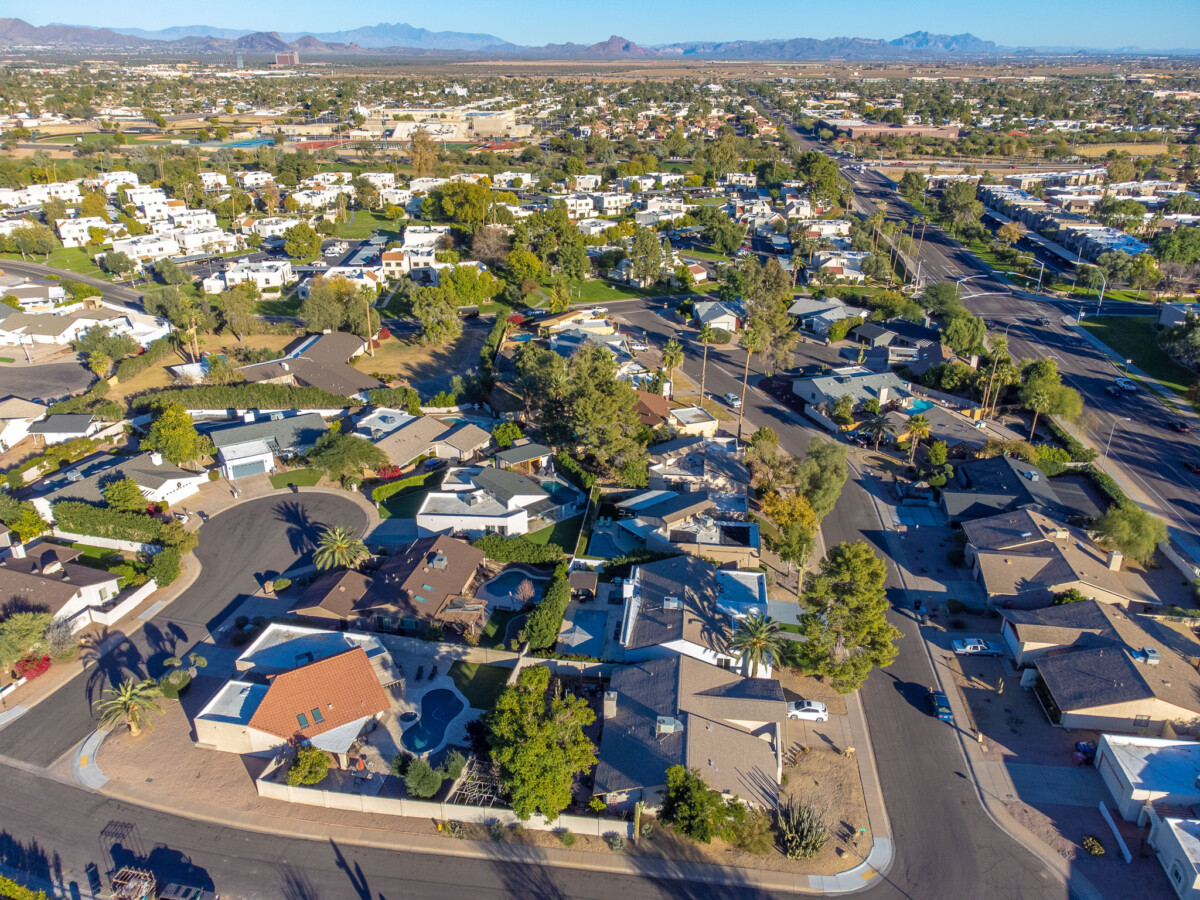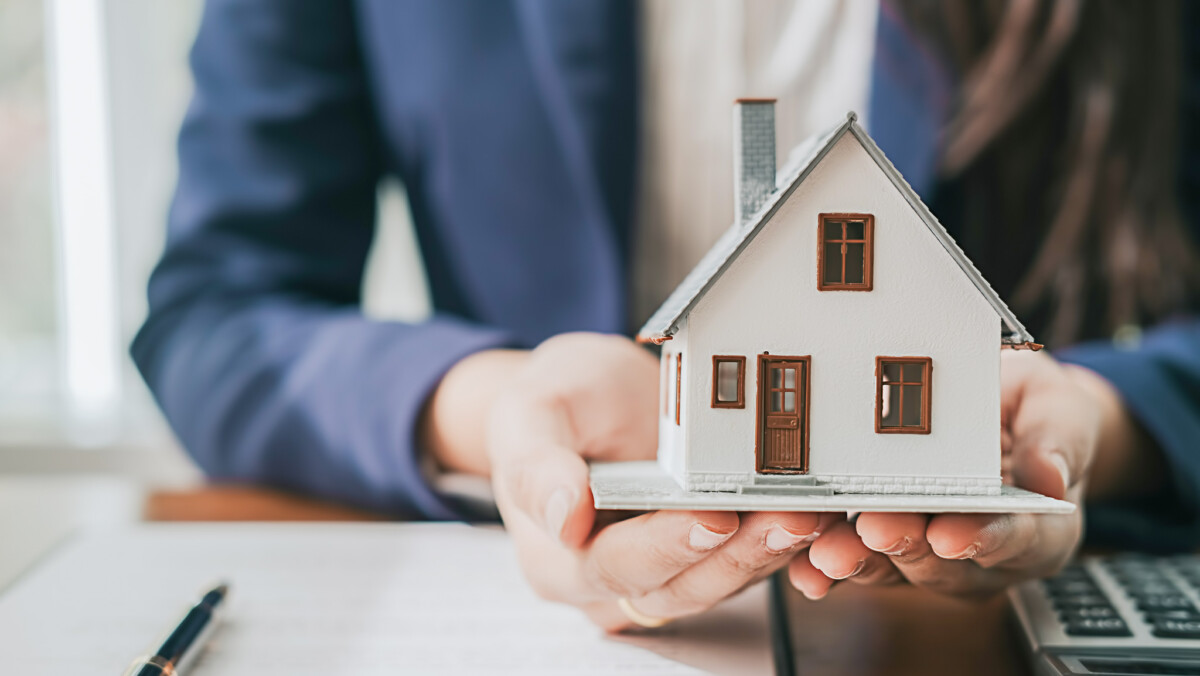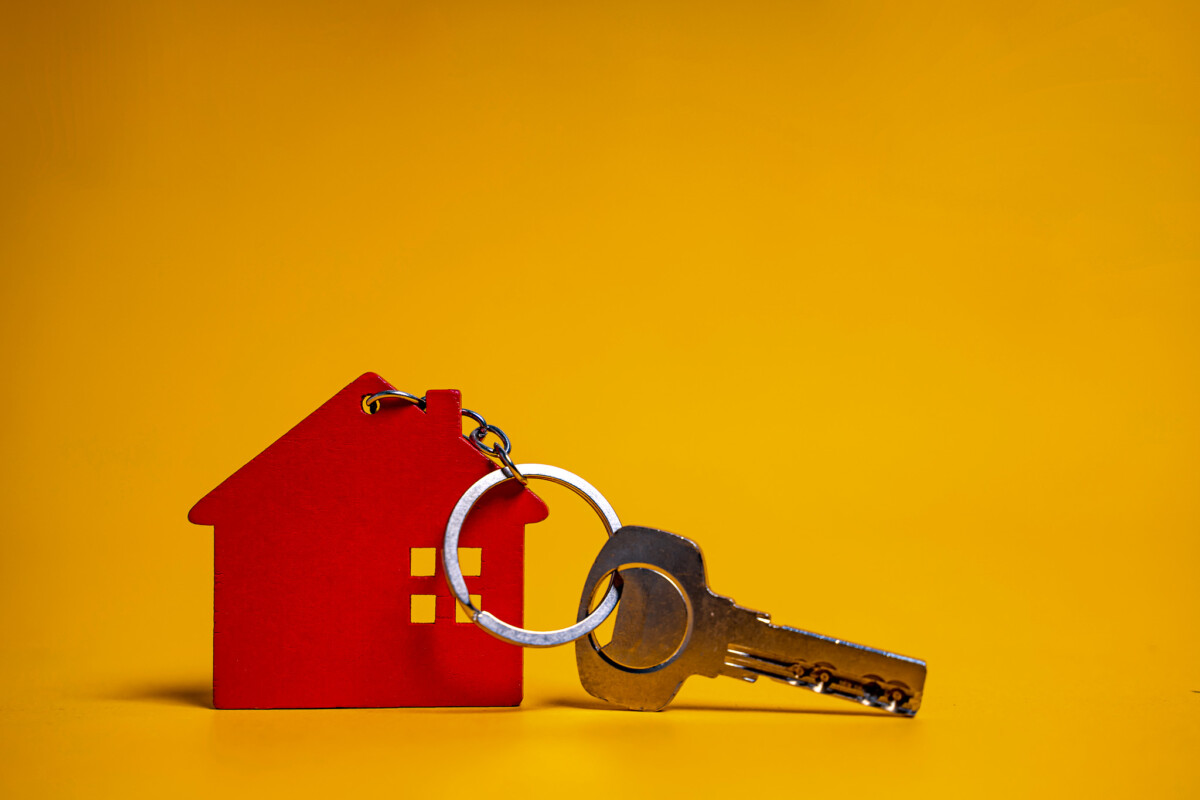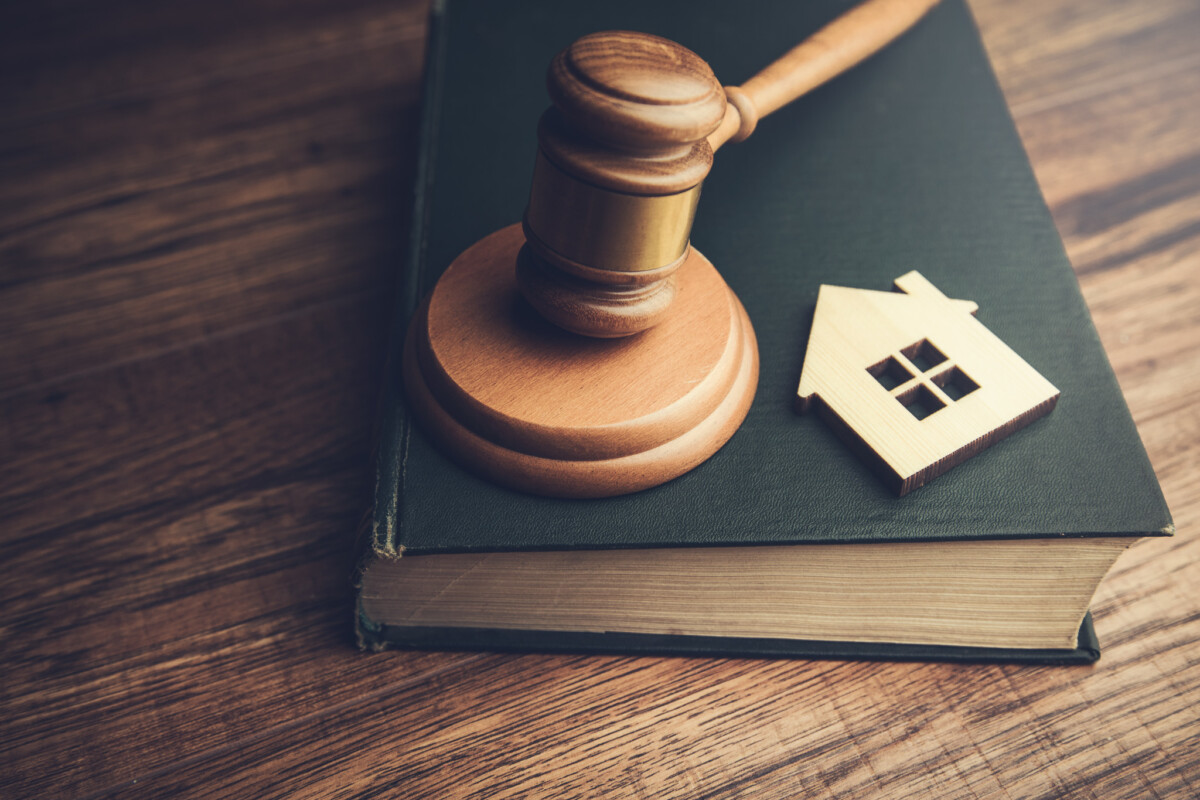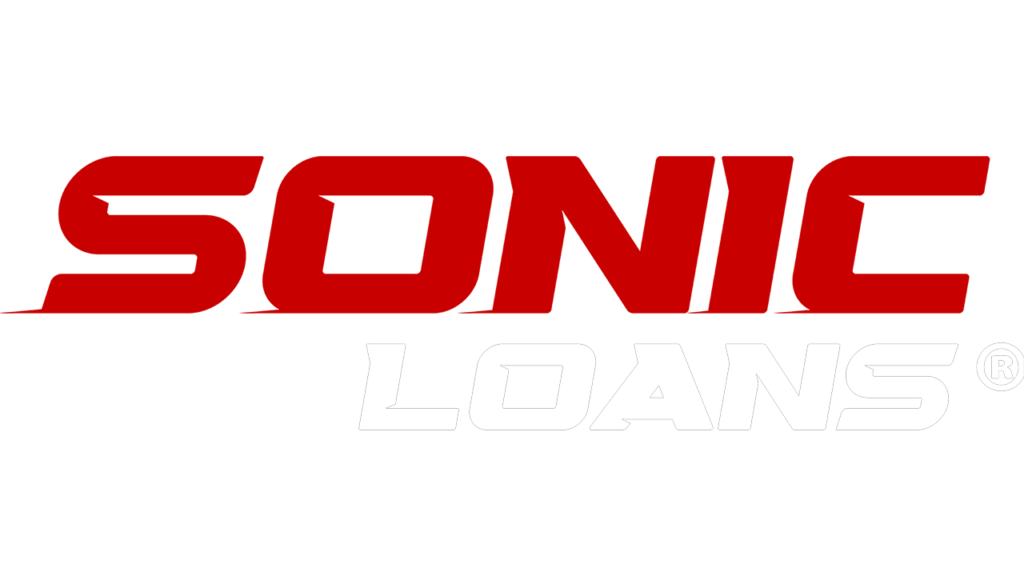Buying a house is one of the most significant financial decisions for everyone. A key factor determining whether you can secure a mortgage—and the terms of that mortgage—is your credit score. But what constitutes a “good” credit score to buy a house? Let’s break it down.
Understanding Credit Scores
A credit score is a three-digit number that represents your creditworthiness. Lenders use it to gauge the likelihood that you’ll repay borrowed money. Credit scores typically range from 300 to 850 and are calculated using several factors:
- Payment History (35%): Whether you’ve paid past debts on time.
- Credit Utilization (30%): The amount of credit you use compared to your total credit limit.
- Length of Credit History (15%): How long have you had credit accounts?
- New Credit Inquiries (10%): How often do you apply for new credit?
- Credit Mix (10%): Various credit types, such as credit cards, car loans, and mortgages.
Higher credit scores indicate a lower risk to lenders, which can lead to better mortgage terms and lower interest rates.
Minimum Credit Score Requirements by Loan Type
The minimum credit score you need depends on the type of mortgage loan you’re seeking. Here’s a breakdown of common loan types and their credit score requirements:
- Conventional Loans:
- Minimum credit score: 620.
- The government does not back these loans, and they typically require higher credit scores. Borrowers with scores above 700 are more likely to secure favorable terms.
- FHA Loans:
- Minimum credit score: 500 with a 10% down payment; 580 with a 3.5% down payment.
- Backed by the Federal Housing Administration, these loans are designed for first-time homebuyers or those with lower credit scores.
- VA Loans:
- Minimum credit score: No official requirement, but most lenders prefer 620 or higher.
- Available to veterans and active-duty service members, these loans are backed by the Department of Veterans Affairs.
- USDA Loans:
- Minimum credit score: 640.
- These loans are aimed at rural buyers and are backed by the U.S. Department of Agriculture.
What Is a “Good” Credit Score for a Mortgage?
While the minimum credit score varies by loan type, a “good” credit score for buying a house is typically 700 or higher. Here’s why:
- Better Interest Rates: Higher credit scores qualify for lower interest rates, potentially saving you tens of thousands of dollars over the life of the loan.
- More substantial Negotiating Power: A good credit score may give you leverage in negotiating terms with lenders.
- Access to More Loan Options: Some loan products are only available to borrowers with higher credit scores.
How Your Credit Score Affects Your Mortgage
Your credit score doesn’t just determine whether you qualify for a loan; it also impacts your interest rate and monthly payments. Here’s a hypothetical example:
- Credit Score: 760-850:
- Interest rate: 5.5%
- Monthly payment on a $250,000 loan: $1,419
- Credit Score: 620-639:
- Interest rate: 6.5%
- Monthly payment on a $250,000 loan: $1,580
In this scenario, the borrower with a higher credit score saves $161 monthly or $57,960 over 30 years.
Improving Your Credit Score Before Buying a House
If your credit score isn’t where you’d like it to be, there are steps you can take to improve it:
- Check Your Credit Report:
- Obtain free copies of your credit reports from AnnualCreditReport.com.
- Dispute any errors that may be dragging down your score.
- Pay Down Debt:
- Lower your credit utilization by paying off credit card balances.
- Aim to keep your utilization below 30% of your total credit limit.
- Make Payments on Time:
- Set up automatic payments or reminders to avoid late payments.
- Avoid Opening New Accounts:
- Too many new inquiries can temporarily lower your score.
- Build Credit History:
- If you’re new to credit, consider a secured credit card or becoming an authorized user on someone else’s account.
Other Factors Lenders Consider
While your credit score is crucial, it’s not the only factor lenders consider. They’ll also evaluate:
- Debt-to-Income Ratio (DTI) measures your monthly debt payments relative to your income. A lower DTI indicates better financial health.
- Down Payment: A larger down payment can offset a lower credit score.
- Employment History: Stable and consistent income reassures lenders of your ability to repay the loan.
- Savings and Assets: Having reserves shows you’re financially prepared for homeownership.
Alternative Options for Buyers with Low Credit Scores
Keep hope if your credit score is below the threshold for traditional loans. There are alternatives:
- Work with a Credit Counselor:
- A professional can help you create a plan to improve your credit and financial health.
- Consider a Co-Signer:
- A co-signer with strong credit can help you qualify for a loan, though they’ll share responsibility for repayment.
- Look for Local Programs:
- Many states and municipalities offer assistance programs for first-time homebuyers, which may have more lenient credit requirements.
- Explore Rent-to-Own Agreements:
- This option allows you to rent a home with the potential to buy it later, giving you time to improve your credit.
Final Thoughts
A good credit score is a cornerstone of homeownership, influencing your ability to secure a mortgage and its affordability. While a score of 700 or higher is generally ideal, many options are available for those with lower scores. By understanding how credit scores impact the home-buying process and taking steps to improve your financial health, you’ll be better prepared to achieve your dream of owning a home.
Thank you for reading! If you enjoyed this article and want to explore more content on similar topics, check out our other blogs at Sonic Loans, Sonic Realty, and Sonic Title. We have a wealth of information designed to help you navigate the world of real estate and finance. Happy reading!
Are you looking for the right loan? Check out Sonic Loans for tailored mortgage solutions that make home financing simple and efficient.
What’s a Good Credit Score to Buy a House?
What is a Section 8 Home?
How to Make an Offer on a House That Will Be Accepted
Real Estate Owned (REO): Understanding and Navigating the World of Bank-Owned Properties Introduction to Real Estate Owned (REO)
What a Title Company Does and Why a Homebuyer Should Use One
Budgeting for a House and Bills Calculator
Understanding Chains of Title: A Comprehensive Guide
2024 Homeowners Insurance Statistics and Trends
Tips to Win a Bidding War on a House


